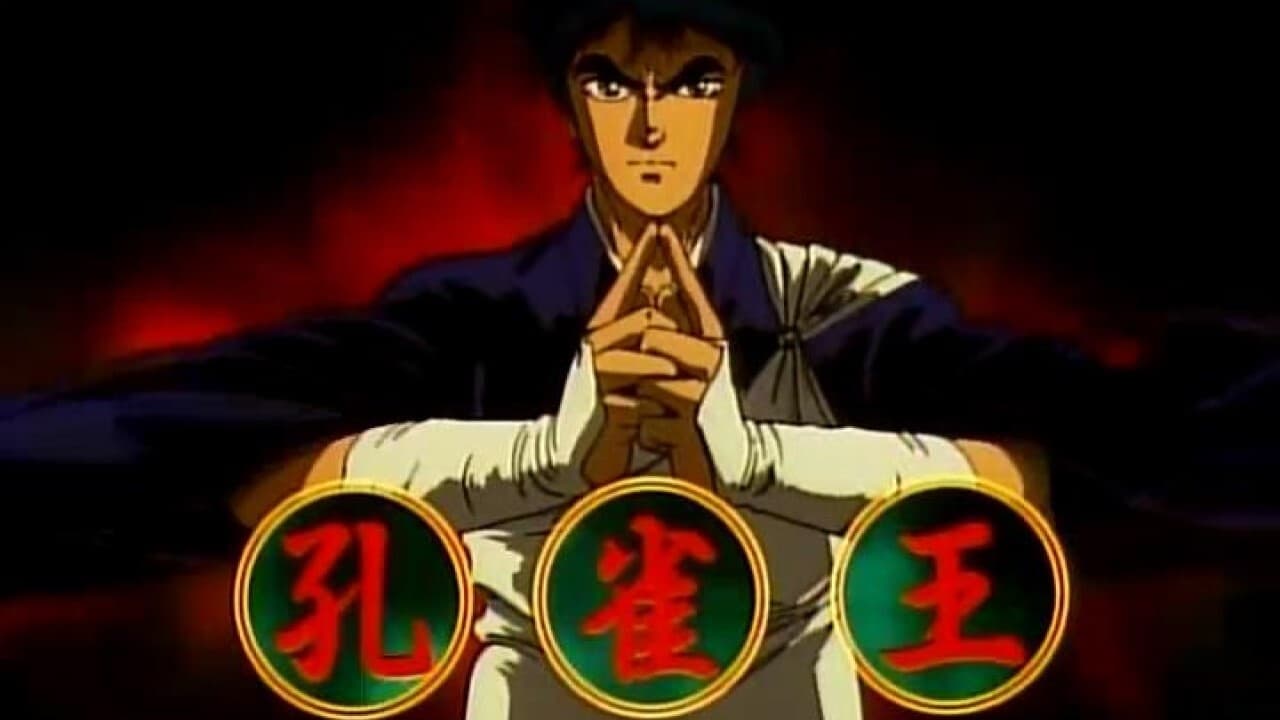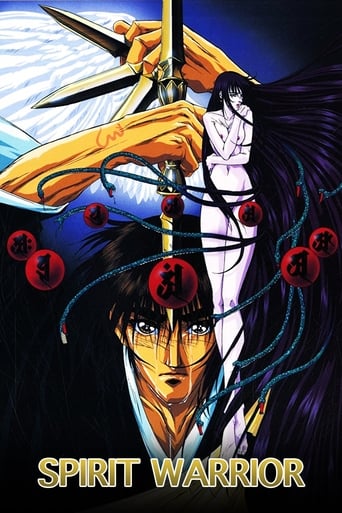



a film so unique, intoxicating and bizarre that it not only demands another viewing, but is also forgivable as a satirical comedy where the jokes eventually take the back seat.
View MoreThe movie turns out to be a little better than the average. Starting from a romantic formula often seen in the cinema, it ends in the most predictable (and somewhat bland) way.
View MoreThis is a gorgeous movie made by a gorgeous spirit.
View MoreBlistering performances.
SPIRIT WARRIOR 1: REVIVAL OF EVIL (1994), was the first in a two-part revival of the Peacock King franchise following the 3-volume OAV (Original Animation Video) release in 1988-91. It has all the occult flourishes of the earlier series and boasts slicker artwork, more fluid animation and a more epic storyline. It reestablishes the characters and their relationships and sets up the premise and the basic conflict, while leaving all the main action and revelation to the second part. It also appears to be something of a prequel, presenting its main character, Kujaku, a young Buddhist monk with budding occult powers, as a beginner who is meeting his allies from the earlier volumes, Onimaru and Kaiho Ko, for the first time here. His pretty young sidekick, Ashura, is also on hand and behaves even more like a young schoolgirl than she did in the previous episodes. While the earlier volumes dealt with key figures from Japanese history (e.g. Oda Nobunaga, Ieyasu Tokugawa), this one deals with modern-day Nazis and ancient Tibetan gods and moves from San Francisco to China to Japan to Germany to Tibet.The plot is too complicated to relate in detail, but involves a hidden object called a "dragon orb" (some kind of ancient skull) in which is sealed the powers of dark gods from eons ago. A new group of Nazis seeks the orb in order to revive the Dark Reich and institute a new occult-fueled Nazi regime, a mission Hitler supposedly attempted, but without the necessary orb. Japanese Buddhist monks working with a Chinese spiritualist and a group of Tibetan lamas oppose the Nazis who have a secret weapon in a young girl, Tomoko, who has hidden powers that the orb can unleash. On the side of good, Kujaku has the same powers as Tomoko and the same relationship to the orb and the stage is set for an ultimate confrontation between the two young people. At the end of this volume, the Nazis wind up with the orb and prepare to do their worst. Kujaku and his partners head to Castle Valhalla in Germany to rescue Ashura from the Nazis and retrieve the orb.There are two big revelations here that were not touched on in the earlier anime adaptations of the manga by Makoto Ogino. One is Kujaku's origin story, set in Tibet and depicted in a lengthy flashback in which we learn of his relation to Tomoko and their separation while still children. We also get a lesson in the history of "Kujaku-o," the Peacock King of ancient lore, setting the stage for the cosmic battle which takes place in the next volume. It all adds up to an enjoyable occult thriller with lots of monsters, demons, spirit warriors, energy blasts, psychic power, ancient gods, old wisdom, geologic upheavals and swordplay, gunplay and other weapons-play, in addition to the usual dollops of bloodshed and gratuitous nudity.This two-part volume was produced by celebrated Japanese animation studio Mad House and directed by master anime stylist Rin Taro, who's also known for ADIEU GALAXY EXPRESS 999, HARMAGEDDON, THE DAGGER OF KAMUI, DOOMED MEGALOPOLIS, X: THE MOVIE, and METROPOLIS. The animation is fast and fluid, brightly colored and quite detailed, with notably picturesque scenery. It's best judged, however, in connection with the next installment, which is also reviewed on this site, because it's all a build-up to what happens there.
View More